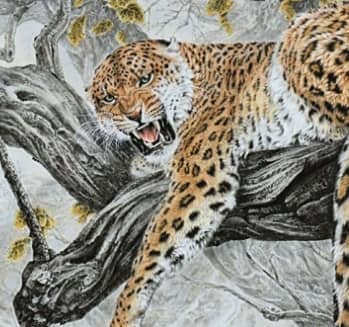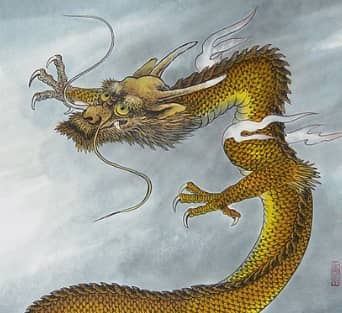Shaolin Kempo Karate
utilizes close-in fighting and therefore almost all responses to engagement seeks to draw close to the attacker. The continuous destructive motion off a powerful yet mobile base with multiple strikes, while simultaneously manipulating the opponent’s upper, and lower body mass and structural integrity until the threat is over.

The Study of the Octagon
above can teach a seeker a great deal about our theory of movement, control and our perspective of an opponent and engagement.
Continuous Purposeful Motion
The continuous purposeful motion of Shaolin Kempo utilizes circular and straight patterns of striking, a strategy to close the gap with the intent to neutralize an attacker, flows from striking to trapping to locks, breaks, to disruption of the root and structural integrity, to folding, to takedowns, to striking…
We do not teach different styles or
approaches to self defense situations.
The advantage and one of the core principles of Shaolin Kempo are to blend the different ways of fighting into one powerful expression.
Through training in Shaolin Kempo the forms, the self defense techniques, Chinese boxing, aiki-jitsu, chin na and five animal gung fu, we learn to develop and understand the six principles which are: relaxation; body alignment; centre of gravity force; dynamic centre point of mass: internal and external circle sphere and the co-ordination of force; along with the core principles and Master Keys of engagement that is at the heart of Shaolin Kempo and personal growth.







